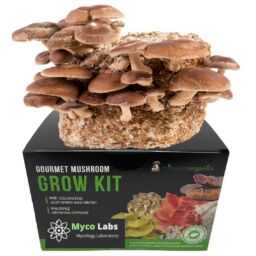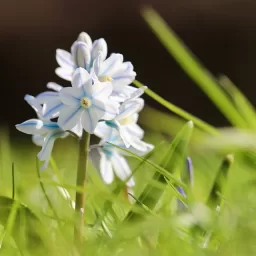Growing Roses – The Top 5 Things to Know
Growing roses is a cinch if you pay attention to five issues–the right soil, proper watering, good air circulation, fertilizer, and yes you must get smart about pruning roses, too.
You can grow all types of roses, from floribunda roses to miniature roses to your favorite rose bushes–see my Top Five Tips below.
Rose Care
- Soil: Growing roses successfully depends on getting the planting soil right. All types of roses need a rich planting soil, so mix compost or other organic materials into the soil. If you’re growing roses in containers, add this material to a good grade potting soil.
You can also add in water crystal gels and time-released fertilizer if you like. And remember, if you’re growing roses in containers, they will dry out faster and deplete the nutrients in the soil much more quickly in garden pots than they do in ground.
This is why it’s a good idea to replace the potting soil every few years, rather than to continue fertilizing. But since you’ll likely be repotting the rose plants in this time-frame, replacing the planting soil won’t be a big problem.
- Watering: Water thoroughly and let your rose plant dry out, rather than watering frequently and lightly. Also avoid water on plant leaves as this may contribute to fungal disease.
To safeguard against wet leaves, try to water in the morning so the heat of the day evaporates any water left on the leaves.
- Air Circulation: Many types of roses these days are disease resistant. But they still need good air circulation to bloom well and prosper.
Make sure you note the ultimate width your rose plant will attain, and plant so that the mature rose bush will have plenty of space around it. If you use flower pots, be prepared to move your containers accordingly. Air circulation is crucial to good rose care culture.
- Fertilizing: A light application the first year will allow the rose to establish itself without undo pressure to produce a profusion of blooms.
After the first year, use a good rose fertilizer regularly through the growing season. It’s also important to water your rose plant the day before you fertilize, since especially when you’re growing roses in containers, hitting dry roots with fertilizer can burn them severely.
- Pruning Roses: Roses do need pruning, but the procedure differs depending on the type of rose you’ve planted. In general, as with other pruning methods, growing roses in garden beds or containers means always pruning back to just above two leaves (after the growing season) and an outward facing bud (just prior to the season).
The best time to hard prune your floribunda roses, miniature roses, and hybrid teas is in early spring.
In fact, you can prune them twice. First to about 18 inches at the end of the growing season, then in early spring before the season begins, prune again back to just above the live stem, leaving about eight inches..
Groundcover and rose bushes are pretty forgiving and can be shaped to your height and width needs pretty easily.For all your roses, be sure to remove the dead wood. And if your roses seem too “crowded” in terms of branch clusters, prune out some older canes.
This is important for two reasons. It encourages basal growth and provides that essential air circulation for healthy rose plants.
To let the rose plant rest, stop pruning at the end of the growing season so the whole plant isn’t disturbed as the climate changes.
For more information about floribundas, hybrid tea roses, and groundcover roses, including lots of pictures of roses
go to [http://www.container-gardening-made-easy.com/types-of-roses.html].
rose garden
#Growing #Roses #Top
Will be pleased to have you visit my pages on social networking .
Facebook page here.
Twitter account is here.
Linkedin account here
Post byBedewy for info askme VISIT GAHZLY




